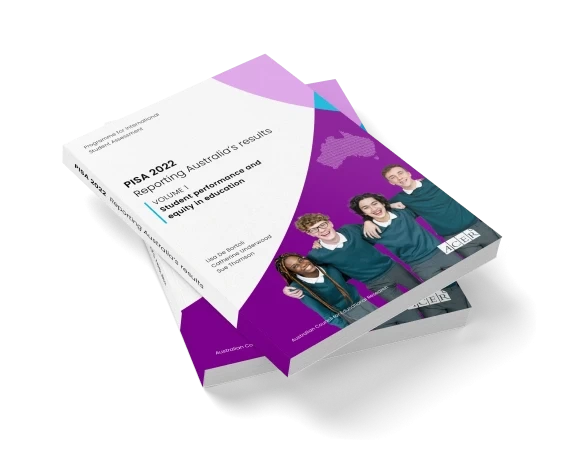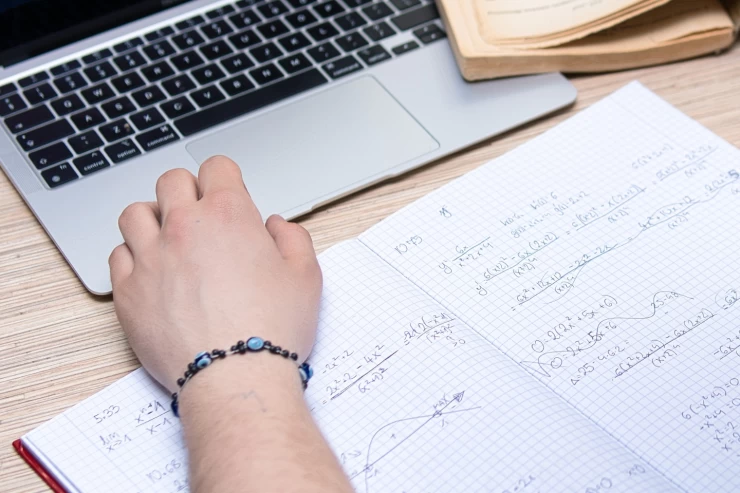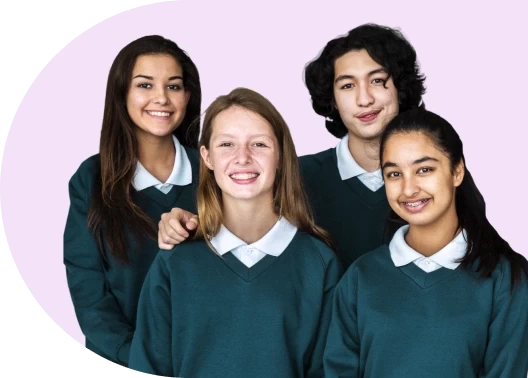PISA 2022 involved
Conducted every 3 years since 2000, PISA assesses 15-year-old students’ ability to apply their reading, mathematics and science knowledge and skills to solve real-life problems and participate fully in society.
PISA examines the extent to which education systems are preparing students to meet life’s challenges – to analyse, reason and communicate ideas effectively, continue learning throughout life, and become tomorrow’s workers.

Key findings
Look at the key findings from the 2022 Programme for International Student Assessment.
PISA in Brief 2022
Student performance and equity in education
Released 5 December 2023
PISA 2022. Reporting Australia’s results
Volume I: Student performance and equity in education
Released 5 December 2023
PISA 2022. Reporting Australia’s results
Volume II: School and student characteristics
Released 21 May 2024
PISA 2022. Assessing creative thinking for a better future
Released 29 October 2024
PISA 2022. A closer look at mathematics in Australia
Released 11 March 2025
View the full Australian reports and data files for all cycles of PISA.
-
How students performed in PISA’s 8 essential maths skills
A new PISA report examines how Australian students applied their knowledge of mathematical concepts and the thinking processes they used when solving mathematical problems that arise in everyday life.

-
Australian teenagers top creative thinkers, but confidence varies
ACER’s new analysis of PISA results shows where Australia’s 15-year-olds have belief in their skills and where they lack confidence.

-
PISA 2022: Australian student performance stabilises while OECD average falls
An international assessment of students’ skills in mathematics, reading and science shows Australia may have stemmed a long-term decline in performance.

PISA in Australia
PISA is part of Australia’s National Assessment Program (NAP). A nationally representative sample of 15-year-old students from all Australian states and territories and from all school systems complete the PISA assessment.
The schools and students that participate in PISA provide valuable insights to help continually improve Australia’s education system – ensuring we strive for ongoing progress in equity and learning outcomes for all future students.


Measuring quality and equity
PISA helps governments to better understand and enhance the effectiveness of their national and state-based educational systems and to learn from other countries’ practices.
It seeks to answer questions such as ‘Are our schools adequately preparing young people for the challenges of adult life?’, ‘Are some kinds of teaching and schools more effective than others?’ and ‘Can schools contribute to improving the futures of students from immigrant or disadvantaged backgrounds?’
The international assessment
PISA is an initiative of the Organisation for Economic Co-operation and Development (OECD). It is developed and implemented under the responsibility of education ministries through PISA’s decision-making body, the PISA Governing Board.
For each PISA cycle, the OECD appoints international contractors to lead the design and implementation of the surveys. The Australian Council for Educational Research held this contract for the first 5 cycles of PISA (2000 – 2012), and is again leading the international consortium for the design and implementation of PISA 2025.
